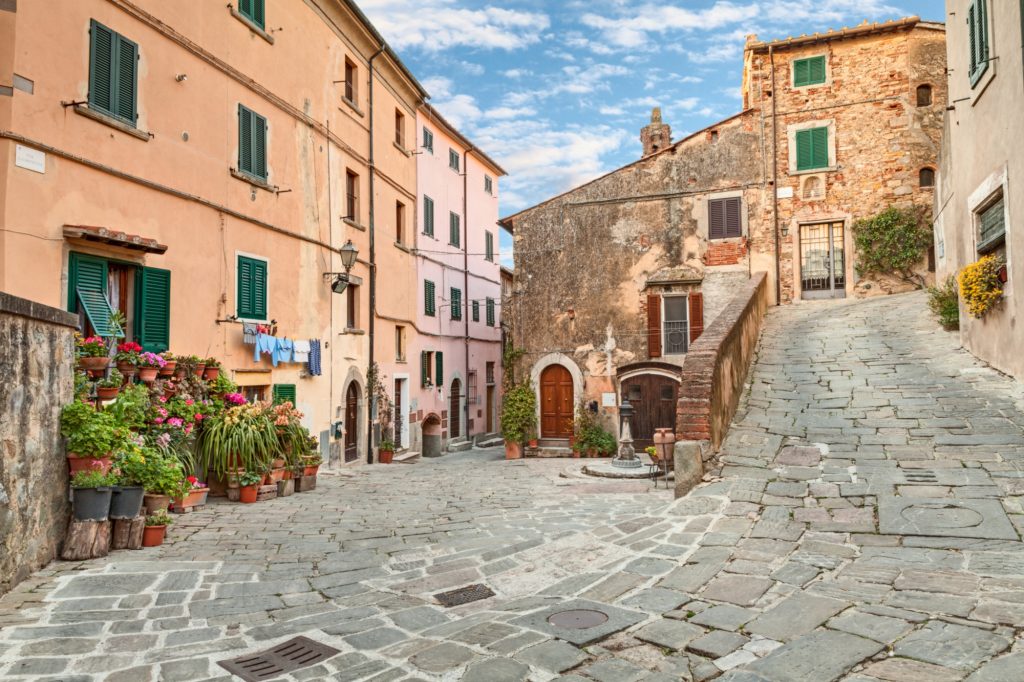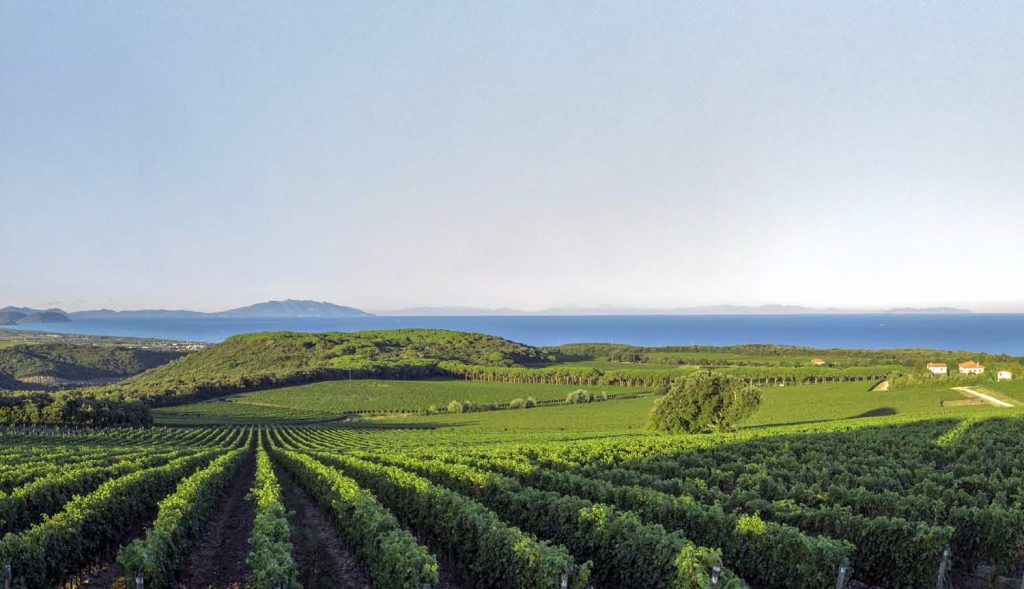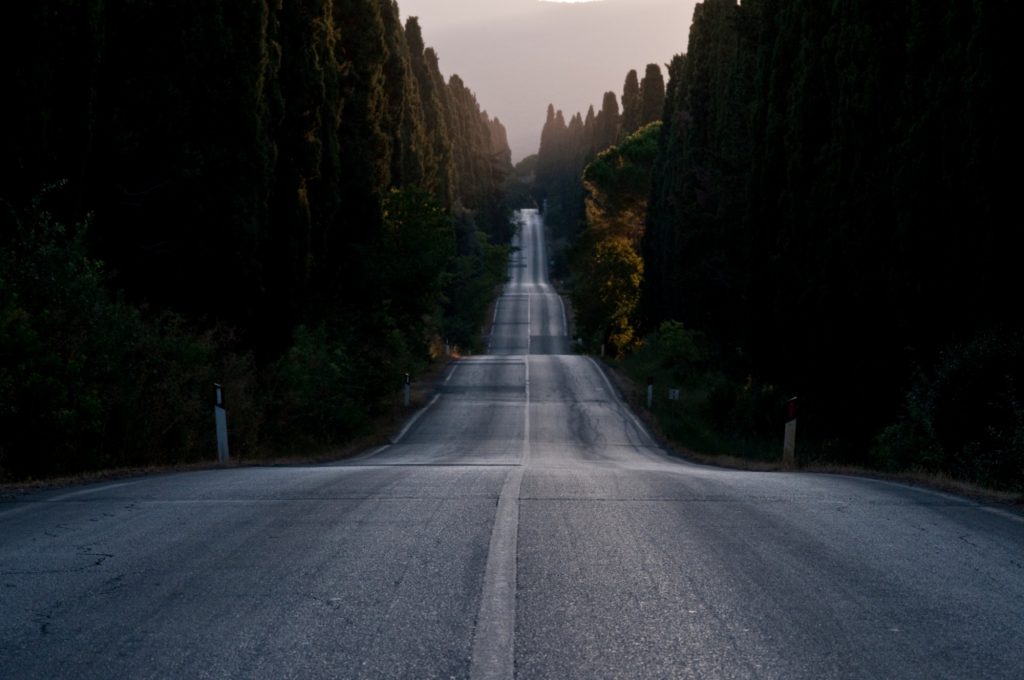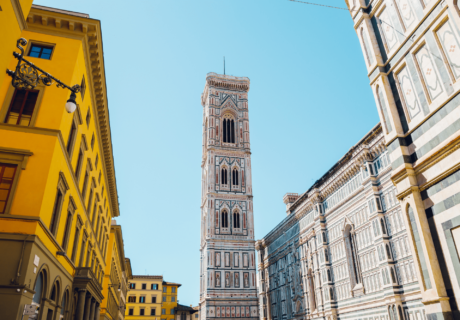5 things to see in Castagneto Carducci
5 min · 12 Jul 2024
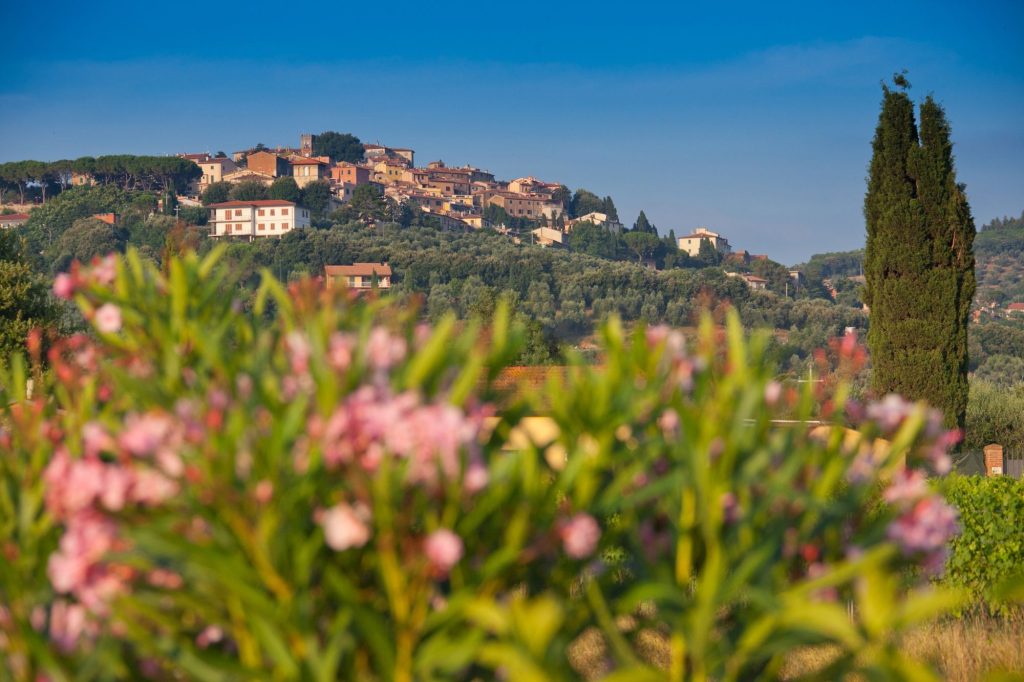
Located on a hillside a few kilometres from the sea, Castagneto Carducci is one of the most beautiful villages on the Etruscan Coast (and beyond) and the ideal place for those who wish to spend a relaxing holiday immersed in nature and the Tuscan landscape. The village, originally called Castagneto Marittimo, changed its name at the beginning of the 20th century in honour of one of the greatest Italian poets ever, Giosuè Carducci, who spent his childhood years here and some brief stays when he was a professor in Bologna. Surrounded by olive groves, vineyards and Mediterranean maquis forests, it is a typically medieval village with narrow paved alleys, beautiful squares, old craft shops and many traditional trattorias.
What to see in Castagneto Carducci? Here are 5 things not to be missed!
The Avenue of Cypresses
On its territory is the picturesque hamlet of Bolgheri, world-famous for the striking Avenue of Cypresses, one of the most beautiful (and photogenic) roads in Italy. Immortalised by Giosuè Carducci in his famous poem entitled ‘Davanti San Guido’, it is an incredible straight stretch (about 5 kilometres long), flanked by two rows of dense, centuries-old cypress trees (2540 in all), connecting the Oratory of San Guido to the historic centre of the hamlet. It was built in the 19th century, when the Via Imperii (today’s Via Aurelia) was rebuilt, but only paved in the mid-20th century. Today it is a national monument under the protection of the Ministry of Culture.
The Castello di Bolgheri
At the end of the Viale dei Cipressi, near the ancient Church of Saints James and Christopher, is the Castello di Bolgheri winery, with the oldest cellar in the area. The origins of the castle, which has always belonged to the Counts Della Gherardesca, date back to the 13th century, while the winery was built in 1796. Fine wines are produced here, representing the highest expression of terroir in terms of complexity, elegance and longevity. A tour of the castle includes a visit to the historic wine cellar, followed by a guided tasting of the current vintage of red wines and extra virgin olive oil. There is also a wine shop, where it is possible to purchase the company’s products.
The Giosuè Carducci Archive Museum
The Giosuè Carducci Archive Museum was opened on the occasion of the 75th anniversary of the poet’s death. Rearranged in 2023, it collects books and magazines with editions by Carducci and iconographic material, particularly photographs, of Carducci’s people and places, but above all the drafts of poems related to the territory. The panels on display retrace the main moments of the poet’s literary activity. Near the Giosuè Carducci Archive Museum is also the Carducci House Museum, where the poet stayed. In the latter, the interior room and furniture are intended to evoke the discreet charm of old family interiors.
The Museum of Sacred Art
The Museum of Sacred Art is also well worth a visit. Inaugurated in 2000, it is housed inside the Church of the Madonna Del Carmine (still consecrated today), first mentioned in the 18th century. The museum brings together a large number of sculptural works of art, textile manufacture and goldsmithing. Among the exhibits are: a pair of dalmatics, worn by the celebrant during Mass and blessings, in ivory from the 18th-19th century; a painted wax Christ Child, dating back to the late 18th century; and the Bust of St Bartholomew in silver foil, inside which are the relics of the Saint.
The Propositura of San Lorenzo
Standing out among the religious architecture is the Propositura of San Lorenzo, the oldest building in Castagneto Carducci (together with the Castle). Simple, welcoming and rich in history, it dates back to medieval times, having been built between the 12th and 13th centuries. Although what we see today is the result of a heavy restoration carried out in 1926 at the behest of Count Walfredo Della Gherardesca. Behind the gabled façade and under the elegant trussed ceiling are several 20th-century frescoes, mostly by Alberto Zardo, which follow an iconographic programme celebrating the glories of the Della Gherardesca family. The bell tower at its side is in neo-medieval style and was erected between 1929 and 1931.
Photo gallery © (1) Visit Tuscany | (2) Bolgheri DOC | (3) Ste71
